15 Creative Ideas to Make Kids Love Mealtime

Engaging kids at mealtime can transform eating into an enjoyable family event. Here are 15 creative ideas to ensure children not only eat well but also love the experience.
1. Colorful Food Art

Transforming food into art can entice children to eat more eagerly. By using vibrant vegetables and fruits, parents can create scenes on a plate. Consider making a smiling face using cherry tomatoes for cheeks and cucumber slices for eyes. Creating such edible masterpieces encourages kids to participate too.
This interactive approach not only boosts their creativity but also their appetite. Kids often enjoy meals more when they help design them. Encourage them to use their favorite ingredients and colors. Mealtime becomes an adventure, full of imaginative and nutritious possibilities.
2. Themed Dinner Nights
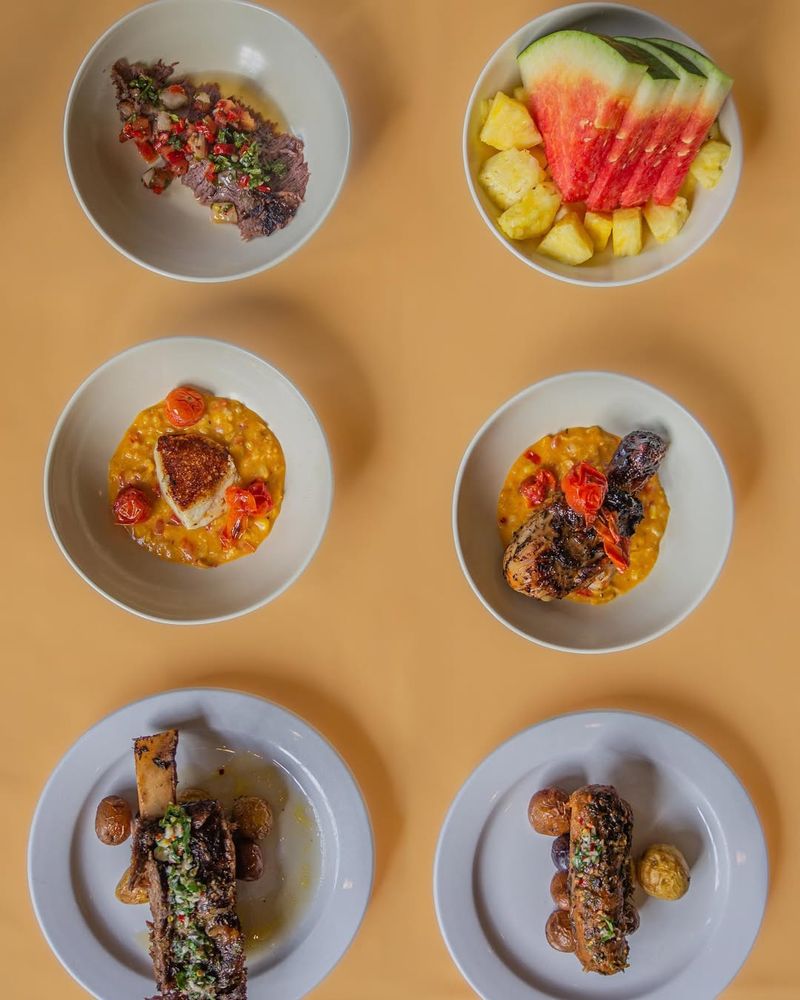
Turning dinner into a themed event can spark excitement in children. Plan different themes like ‘Pirate Night’ or ‘Under the Sea’ where everyone dresses up. The table setting and menu can reflect the theme, such as fish-shaped sandwiches for ‘Under the Sea’.
Children can be involved in setting up and even creating decorations. This not only makes the meal special but also a memorable family tradition. Themes make mealtime more than just eating; they create anticipation and joy around food.
3. Build-Your-Own Meals
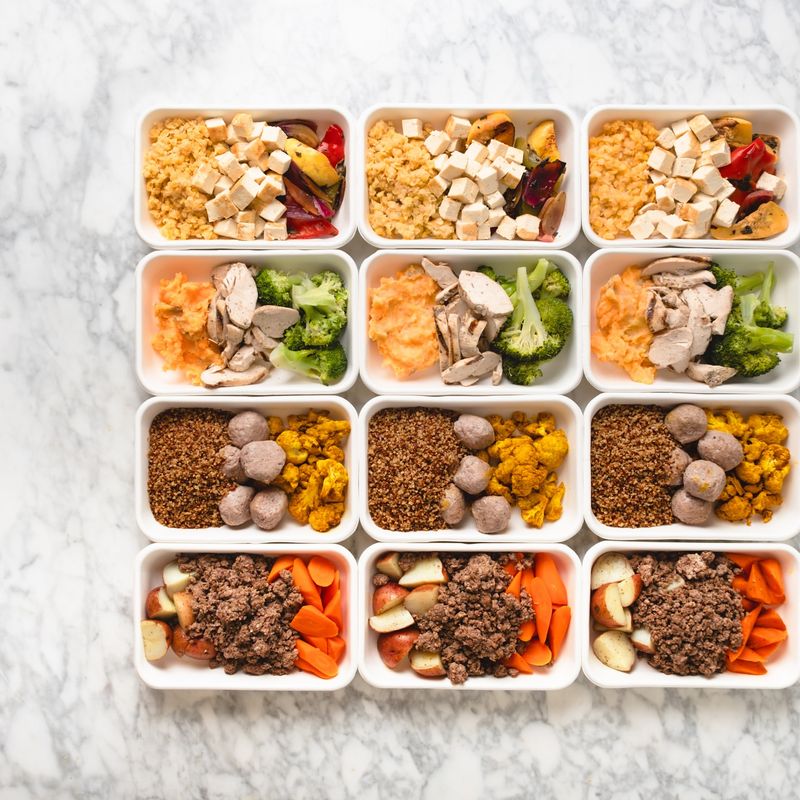
Offering a ‘build-your-own’ meal option empowers kids with choice. Set up a taco bar or a pizza station where they can select ingredients. This simple act of choosing toppings and assembling their meal can make eating more appealing.
Such interactive meals instill a sense of independence and creativity. Children are more likely to try new foods when they are involved in the preparation process. These meals are a hit at gatherings and ensure each child eats something they enjoy.
4. Interactive Food Games
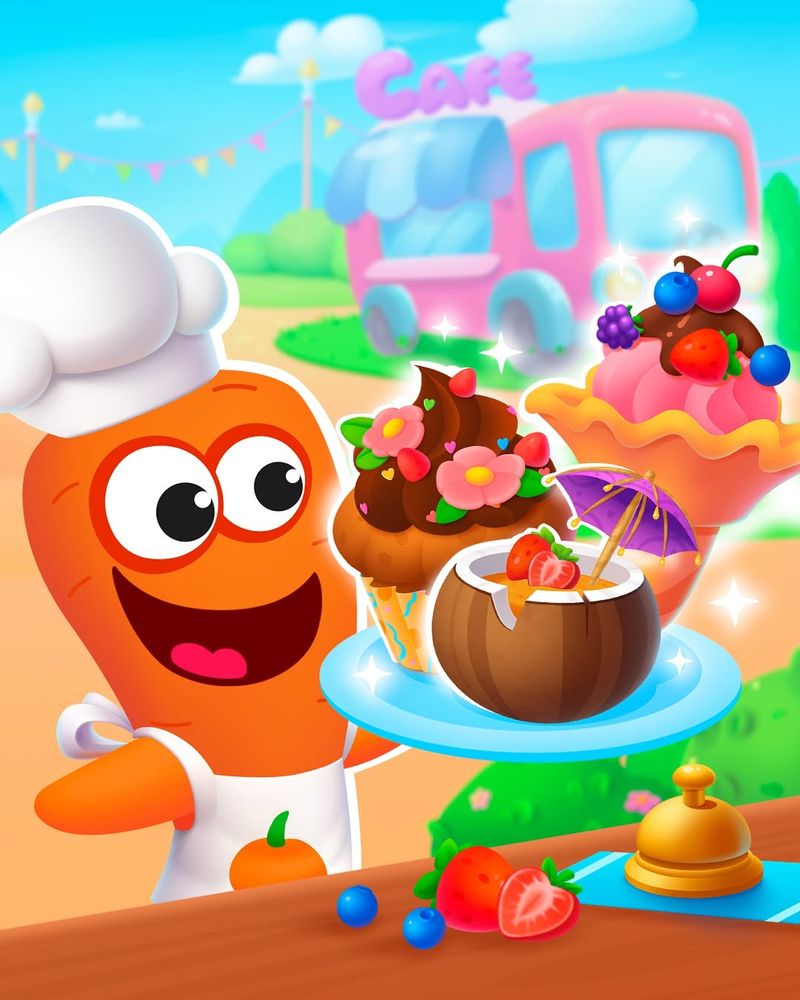
Incorporating games into mealtime can make it a lively affair. Consider games like ‘Guess the Ingredient’, where kids try foods blindfolded to identify them by taste. This activity encourages them to try different foods in a fun way.
These interactive experiences make kids excited about what’s on their plate. Games can be educational, teaching children about different tastes and textures. It turns eating into a playful discovery rather than a chore.
5. Storybook Meals

Create meals inspired by children’s storybooks to captivate their imagination. Dishes like ‘Green Eggs and Ham’ or ‘Cloudy with a Chance of Meatballs’ bring stories to life. This can be an exciting way to encourage kids to try new foods.
Inviting children to suggest their favorite books and help plan meals builds enthusiasm. Sharing stories during dinner further enhances the experience. Meals become magical moments, connecting food with beloved tales.
6. Miniature Portions
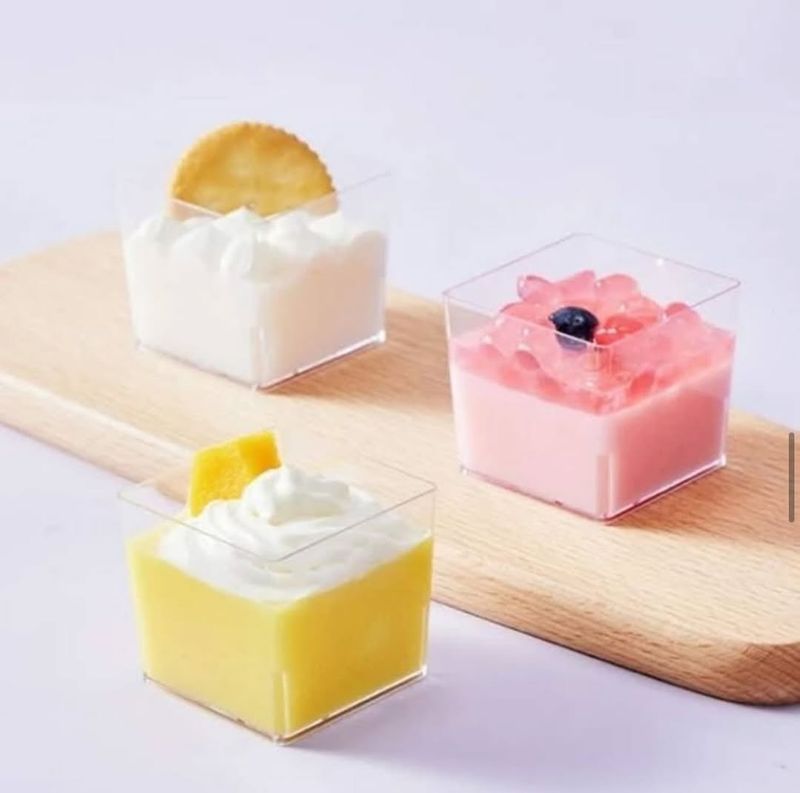
Serving meals in miniature form can be surprisingly appealing to kids. Tiny burgers, small pizzas, or mini vegetable platters make eating fun. The novelty of small portions often encourages children to try foods they usually avoid.
It also allows them to sample a variety of flavors without feeling overwhelmed. This method is particularly effective with picky eaters. The fun size stimulates curiosity and appetite, making mealtime an enjoyable adventure.
7. Cooking Together

Involve children in the cooking process to make them invested in the meal. Simple tasks like stirring batter or washing vegetables can be enjoyable. It teaches valuable life skills and fosters family bonding.
Kids are more likely to eat what they’ve helped create. Cooking together transforms mealtime into a collaborative and educational experience. It’s about making memories and developing a positive relationship with food.
8. Surprise Lunchboxes
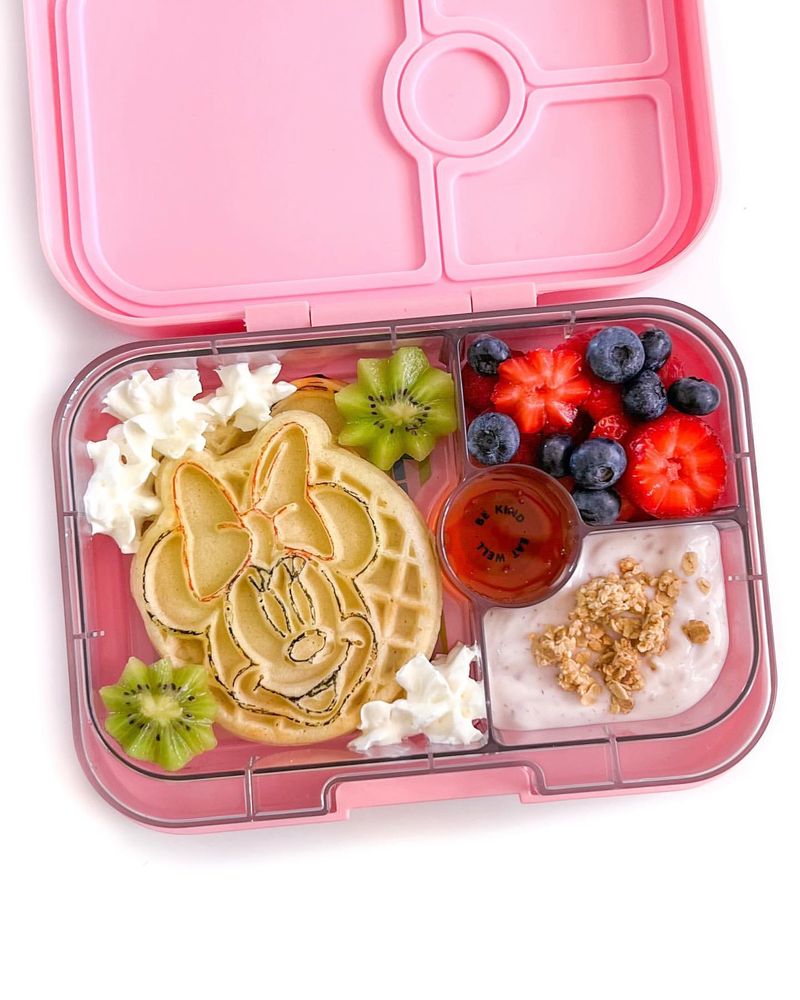
Packing surprise elements into a child’s lunchbox can bring joy to mealtime. Include a small toy, a loving note, or a new snack to keep them curious. This element of surprise makes opening their lunch exciting.
It encourages children to look forward to mealtime, wondering what they’ll find each day. These surprises also provide a comforting connection to home, making meals away from home more enjoyable.
9. Garden Fresh Meals
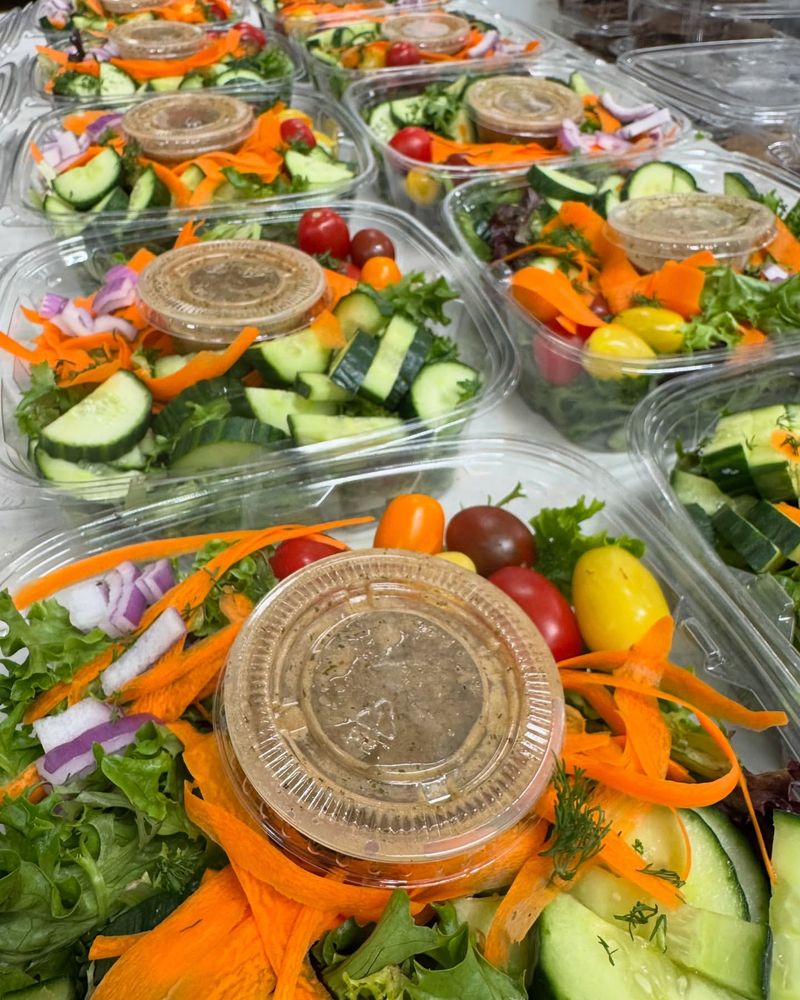
Growing a small garden and using its produce for meals can be enchanting for children. It connects them to the food they eat in a tangible way. Involve them in planting seeds, watering plants, and harvesting vegetables.
Children are more inclined to taste what they’ve grown. It’s a fun educational pursuit that nurtures patience and responsibility. This farm-to-table approach deepens their appreciation for fresh, healthy food.
10. DIY Food Faces
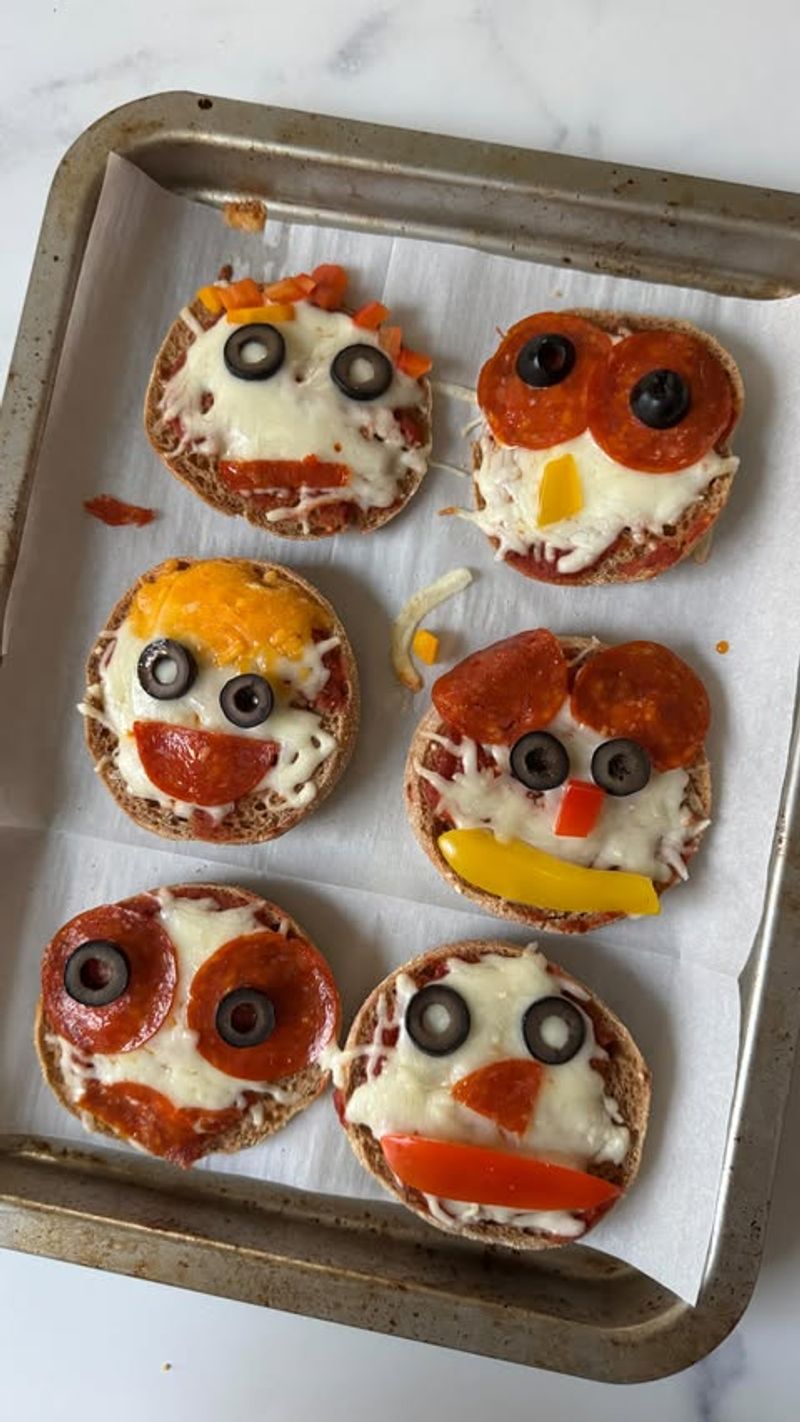
Allow kids to play with their food by creating funny faces on their plates. Use fruits and vegetables to craft eyes, noses, and mouths. This playful activity promotes a positive interaction with food.
Children are more likely to eat the creative designs they’ve made. It’s a delightful way to encourage them to enjoy their meals. This imaginative approach adds fun and laughter to the dining table.
11. Picnic-Style Dining

Transform a regular meal into an indoor picnic to spark excitement. Lay a blanket on the floor and serve traditional picnic foods. This simple change of setting can make dinner feel like a special occasion.
Children enjoy the novelty of eating in a different environment. It breaks the routine and adds a sense of adventure to mealtime. Picnics are not only for outdoor fun; they bring joy indoors too.
12. Edible Crafts

Turn snacks into edible crafts to engage children’s creativity and taste buds. Making necklaces from cereal or fruit offers a craft they can consume later. This activity combines art and eating, making both enjoyable.
Such crafts promote fine motor skills and creativity. Kids delight in wearing and then eating their creations. It’s a playful way to encourage trying new snacks, turning crafting time into a delicious experience.
13. Character-Inspired Dishes

Bring favorite characters to the table by crafting meals in their likeness. Shape pancakes or sandwiches to resemble beloved cartoon figures. This visual appeal can make even picky eaters eager to try.
Children love seeing their favorite characters come alive on their plates. It adds a personal touch to mealtime, fostering joy and excitement. These dishes create a narrative they can savor.
14. Mystery Meals
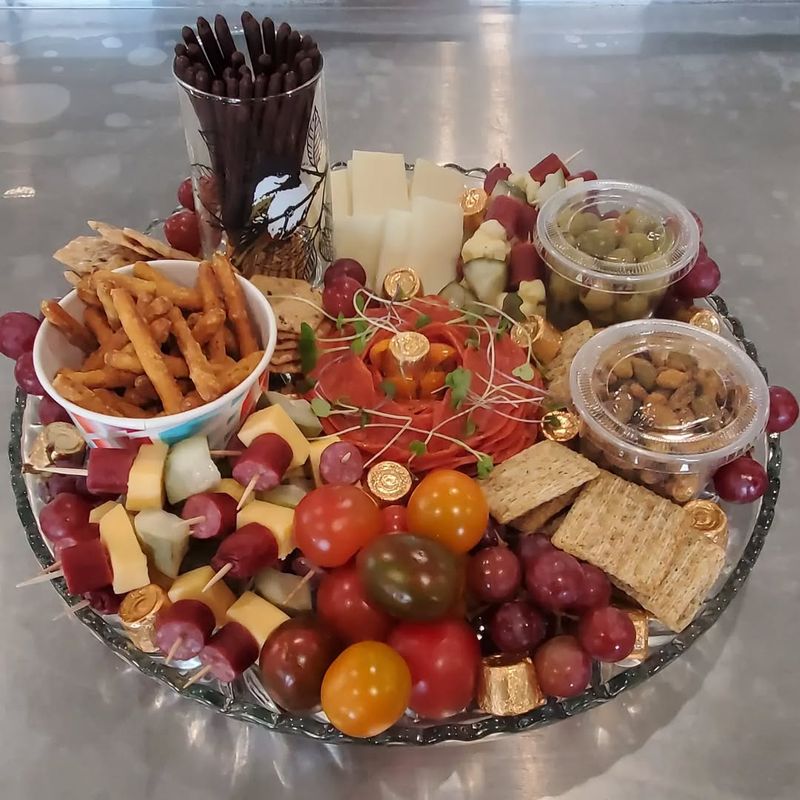
Introduce mystery to meals by serving covered dishes. Kids guess what’s inside before uncovering, which adds an element of surprise. This guessing game can make trying new foods exciting.
It transforms dining into a thrilling experience, sparking curiosity and engagement. Mystery meals encourage children to explore different tastes. It’s an adventurous way to break away from routine and make meals memorable.
15. Farm-to-Table Tours
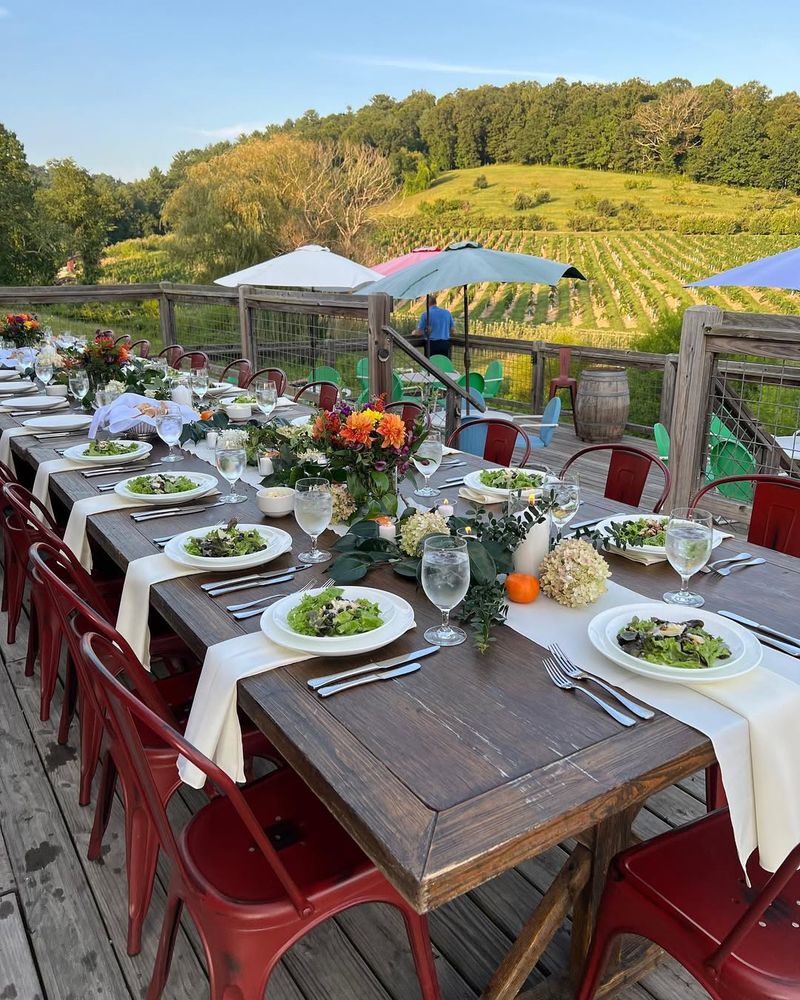
Organize a family visit to a local farm to learn about food origins. Kids see where vegetables grow and meet farm animals. This educational outing can foster a deeper connection to their meals.
Understanding the journey from farm to table cultivates appreciation for fresh ingredients. It encourages healthier eating habits and curiosity about food sources. Such experiences enrich mealtime conversations, making food a topic of fascination.
